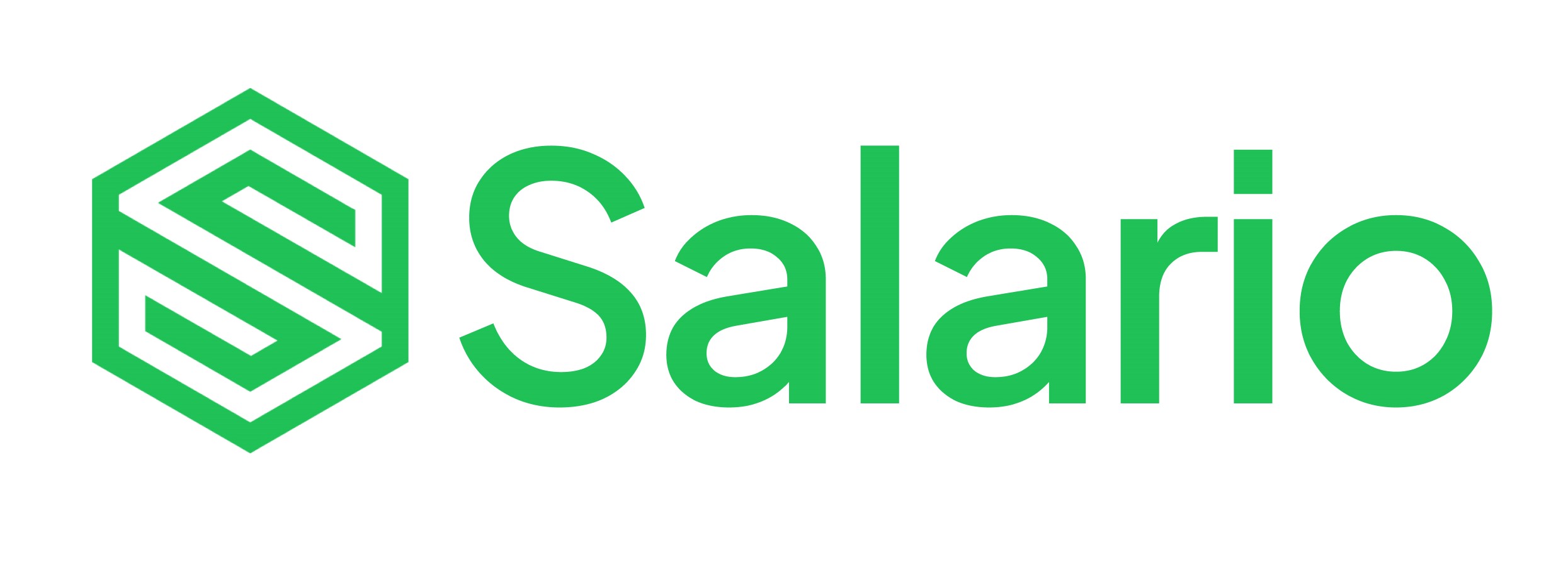
The term fraud in Nigeria is not new. From politicians to contractors, the country is fraught with varying degrees of fraudulent activities, and the school system is not immune. That is why it is vital for school administrators, Bursars, and those who handle school finance to be aware of payroll fraud risks in schools and ways to detect and avoid them.
Understanding Payroll Fraud in Schools
Payroll fraud in schools isn’t just a theoretical risk, it’s a very real threat that drains resources, undermines trust, and compromises the integrity of an institution. The damage caused by the increase in fraudulent activites across the country does not exclude the educational system. In a system already grappling with financial limitations, every naira lost to fraud is one less for learning, salaries, or infrastructure. Payroll fraud occurs when individuals manipulate salary-related processes for personal gain, often undetected for long periods. To properly address the issue, schools must understand the forms it takes and why they’re especially susceptible to it.
Forms of Payroll Fraud
Ghost Workers
This is one of the most common payroll fraud schemes in education. Ghost workers are fictitious employees added to the payroll, i.e, people who don’t actually work in the school but receive regular salaries. These funds are usually redirected to a fraudulent staff member or accomplice.
Attendance Tracker Falsification
Payroll systems often rely on attendance data, especially in schools. When this is falsified, either manually or through tampered attendance books, staff may be overpaid for days not worked. This is especially common in schools without biometric or automated attendance systems.
Unauthorized Salary Increments or Deductions
In some cases, officers or bursars may adjust salaries without approval, either adding unearned increments for themselves or deducting amounts from legitimate staff salaries without justification. If unnoticed, this can persist for years.
Fake Allowances or Benefits
Fraudulent allowances, such as recharge cards, ‘official visits’, or overtime payments, can be padded into payslips. These “extras” are difficult to trace when records are poorly kept or approval workflows are lax.
Why Schools Are Vulnerable
Weak Internal Controls
Many schools operate without clear payroll approval chains or defined segregation of duties. When one person oversees salary preparation, approval, and disbursement, it creates the perfect environment for fraud.
Limited Audit Oversight
Unlike larger institutions with routine audits, schools often lack regular internal or external audits. Without oversight, fraud can go unnoticed for extended periods, especially in schools that do not regularly reconcile their payroll records.
Over-Centralized Financial Authority
When financial decisions are concentrated in the hands of a single bursar or admin officer, there’s little room for checks and balances. This over-centralization makes it easier to hide inconsistencies.
Poor Record-Keeping
Many schools still manage payroll with handwritten notes, disconnected spreadsheets, or outdated ledgers. Without accurate, traceable records, verifying salary history, deductions, or staff headcount becomes difficult.
Lack of Proper Payroll Systems
Perhaps the most systemic issue is the absence of automated payroll systems. Schools without payroll software are more prone to manipulation, error, and fraud due to the absence of audit trails, automation, and data validation.
These vulnerabilities are a weakness for payroll security of schools and the general Nigerian education system.
Red Flags and Warning Signs of Payroll Fraud Risks.

Spotting payroll fraud in schools early is critical to preventing long-term financial damage. While fraud can be subtle and deliberately concealed, there are often warning signs that something isn’t quite right. School administrators, finance officers, and auditors must remain alert to these signals and act swiftly when they appear. Below are common red flags that may indicate school payroll fraud is occurring or that the conditions are ripe for it.
Frequent Payroll Discrepancies
One of the clearest signs is recurring errors in payslips, unexplained salary variations, or inconsistent deductions. While occasional mistakes may happen, frequent issues could signal deliberate manipulation or unchecked negligence.
Sudden Spikes in Wage Expenses Without Staff Growth
If the school’s salary expenses increase dramatically but there’s no matching increase in the number of teachers or staff, it’s time to investigate. This may point to ghost workers, inflated benefits, or unauthorized bonuses.
Resistance to Audits or Documentation Review
When payroll staff or bursars delay, avoid, or become defensive about providing payroll records for review, it could be a sign they’re hiding something. Transparency is key in preventing and uncovering fraud.
Employees With No Clear Job Descriptions or Attendance Records

Every staff member on the payroll should have a defined role and verifiable attendance record. If names appear on salary sheets but there’s no proof of work, you may be looking at a ghost worker scheme or a manipulated attendance log.
Multiple Salary Payments to the Same Account
A more subtle, but telling sign is when multiple employees’ salaries are routed to the same bank account. This may indicate fabricated staff identities or payroll redirection by a fraudulent insider.
These red flags don’t always confirm fraud on their own, but when several appear together, it’s a strong indicator that payroll processes need urgent review.
How to Detect Payroll Fraud
Detecting payroll fraud in schools requires more than gut instinct, it takes structured systems, technology, and governance. While no method is foolproof, schools that build in visibility and accountability at every step of payroll processing can spot anomalies before they escalate. Here’s how to uncover and address common payroll fraud schemes in education before they damage your institution’s finances or reputation.
Routine and Surprise Internal Audits
Regular payroll audits, both scheduled and unannounced, are essential. These audits should compare payroll data with attendance records, job roles, approved salary structures, and actual disbursements. Surprise checks are particularly effective in catching schemes that are timed to avoid detection.
Use of Payroll Software with Audit Trails
Investing in payroll software with built-in audit trails enables schools to track every change made to payroll data, who did what, when, and why. This discourages unauthorized edits and ensures that any suspicious adjustments can be traced back to the source.
Data Matching and Verification Tools
Data mismatches often reveal fraud. Schools should routinely cross-check payroll data against HR records, bank payment logs, and attendance sheets. Tools that match employee names, roles, and payment accounts can highlight duplication, ghost workers, or inconsistencies in salary distribution.
Staff Attendance and Identity Verification

Fraud thrives when there’s no accountability for attendance. Using biometric systems, electronic sign-ins, or digital attendance records ensures that only actual employees who show up for work are paid. This helps eliminate ghost workers and falsified timesheets.
Segregation of Duties in Payroll Processing
No single individual should control the entire payroll process. Split responsibilities across different roles to reduce the risk of undetected fraud. A well-designed process ensures that payroll runs require collaboration and oversight, not blind trust.
Prevention Strategies
While detecting payroll fraud in schools is important, prevention is far more powerful. The best way to combat fraud is to create an environment where it becomes difficult or impossible to commit. That means setting clear expectations, investing in the right tools, and fostering accountability at every level of the payroll process. Below are key school payroll fraud prevention strategies every institution should consider.
Policy and Procedure Framework
Start with the basics: clear, documented payroll policies. This includes transparent hiring practices, standardized pay structures, and formalized approval workflows for salary adjustments, benefits, or new staff onboarding. When rules are well-defined and universally followed, there’s less room for manipulation or informal shortcuts that open the door to fraud.
Capacity Building
Even the best policies won’t work if the people implementing them lack proper training. Schools should prioritize capacity building for bursars, admin officers, and payroll staff. This includes education on detecting red flags, understanding payroll compliance, and using payroll software effectively. Staff who understand their responsibilities, and the consequences of misconduct, are more likely to uphold financial integrity.
Technology and Automation
Adopting cloud-based payroll management systems is one of the most effective ways to reduce fraud risk. These systems automate salary calculations, maintain secure digital records, and leave audit trails that can’t be easily erased. Automation eliminates many manual processes where fraud often hides such as hand-written ledgers or unverified spreadsheet edits.
Governance and Oversight
Lastly, a strong governance framework is key. Schools should conduct regular external audits and establish independent review committees to oversee payroll activities. By taking payroll out of the shadows and placing it under periodic scrutiny, schools send a clear message that transparency and accountability are non-negotiable.
Conclusion
Payroll fraud in schools can quietly drain resources and damage trust, but it’s preventable. With clear policies, trained staff, strong oversight, and proper payroll solutions for schools, schools can reduce the risk significantly.
Tools like Salario make prevention even easier. With features like audit trails, automated calculations, and compliance-ready reports, Salario helps schools manage payroll securely and transparently.
Get started with Salario and take the first step toward fraud-free payroll management.
